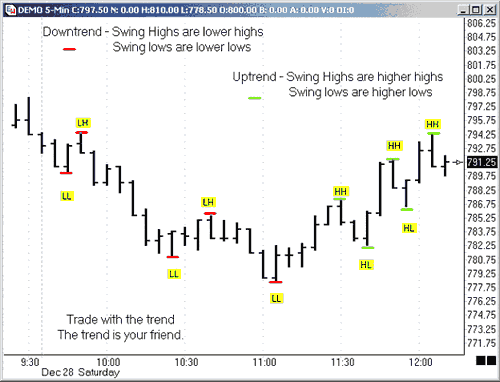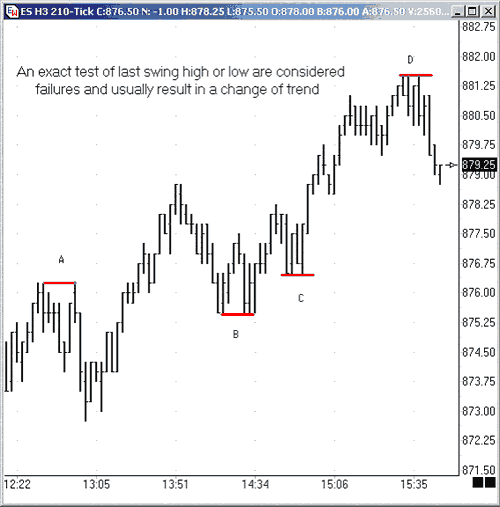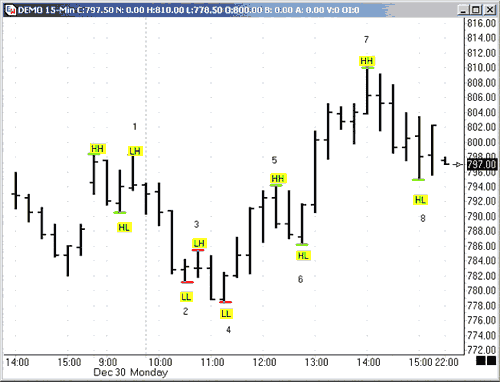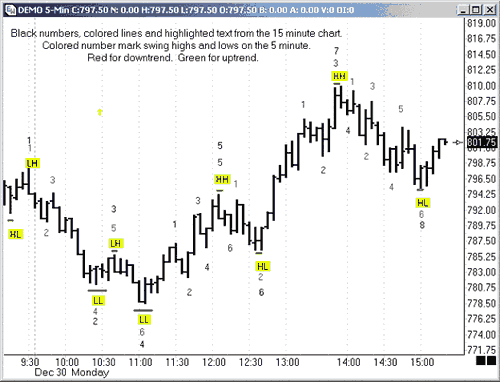|
When business understanding and grasp the meaning of information is extremely important. Information given should take into account the time factor, accurately and bring the right decision for investors. So you know the schedule announcement and understood the concept of basic economic indicators yet?
Non Farm Payrolls:
The unemployment rate is a measure of the labor market. An analysis of the measure of the strength of the economy is the number one job is created. This index indicates strong growth of the economy because the company must create capacity to meet demand.
|
|
Schedule announced: the first Friday of the month at 8:30 am EST.
The decisions of the FOMC rate:
FOMC-Federal open market committee: A committee set interest rate policy and credit of the Federal Reserve System, the most important of monetary policy, led by Chairman Alan Greenspan. FOMC meeting eight times a year, in the meetings of the FOMC members will review monetary policy should change how?
Federal Open Market established the discount rate that the Federal Reserve to member banks for deposit in the amount of debt overnight. Interest rates are set in during the FOMC meeting of the regional banks and the Federal Reserve Board
Calendar published: 8 meetings per year. Last known date so please check on the economic calendar.
Trade balance:
The trade balance measures the difference between the value of goods and services that one country exports and the value of goods and services it imports. The trade balance surplus if the value of exports over imports, conversely, if the trade balance deficit if imports exceed exports.
Schedule announced: generally published around the middle of the 2nd month following the reporting period. You should check the economic calendar each month.
CPI - Consumer Price Index
CPI is a measure of inflation because it measures the price of a fixed price of consumer goods. Higher prices are considered negative for one economy, but because central banks typically respond to inflation by increasing interest rates to monetary sometimes react positively in the first reports of abuse found higher.
Measure the average change in prices of goods covered by the amount of the average consumer basket of goods and services fixed.
In the U.S., the proportion of items in the basket of goods is 42% residential, 18% food, 17% transportation, healthcare 6%, 6% jewelry, entertainment 4%, other 7%.
CPI is widely used to measure inflation, is an important indicator of the impact of government policies. Increase in CPI inflation implies, is an important indicator in the market and have the ability to change the market, the larger increase in inflation expectations or trends appear CPI increase will lead to incompatible Coupons and income and interest will increase. Only the high inflation caused the change in the stock market and will lead to changes in interest rates. High inflation effect is difficult to determine the exchange rate, it leads to a decrease in the exchange rate, the higher prices mean reduced competitiveness. High inflation and interest rates lead to increased application of tighter monetary policy.
Unlike the other measures of inflation, only include goods produced in the country, including CPI goods are imported. Analysts often focusing on core CPI, this variation was accounted for 8 factors accounted for 16% of the CPI basket (fruit, vegetables, gasoline, oil, natural gas, mortgage interest, urban traffic and tobacco ). The calculation is done for the CPI are calculated more accurately.
Schedule announced: monthly - about 13 days each month at 8:30 am EST
Retail sales:
The retail sales index is a measure of the total amount of goods sold by the example of the first retail stores. It is used as a measure of consumer activity and confidence when selling higher numbers indicating increased economic activity.
Schedule announced: monthly - about 11 days each month at 8:30 am EST.
Gross Domestic Product (GDP)
This index measures the market value of goods and services produced in a country, regardless of the nationality of the factors which owns the resources. There are four main elements to the value of GDP are: consumption, investment, government spending, net exports. The index is published on a quarterly basis comparable reduction ratio% increase this quarter compared with the previous quarter, this year compared to last year. This index has an important influence on the market after being released.







